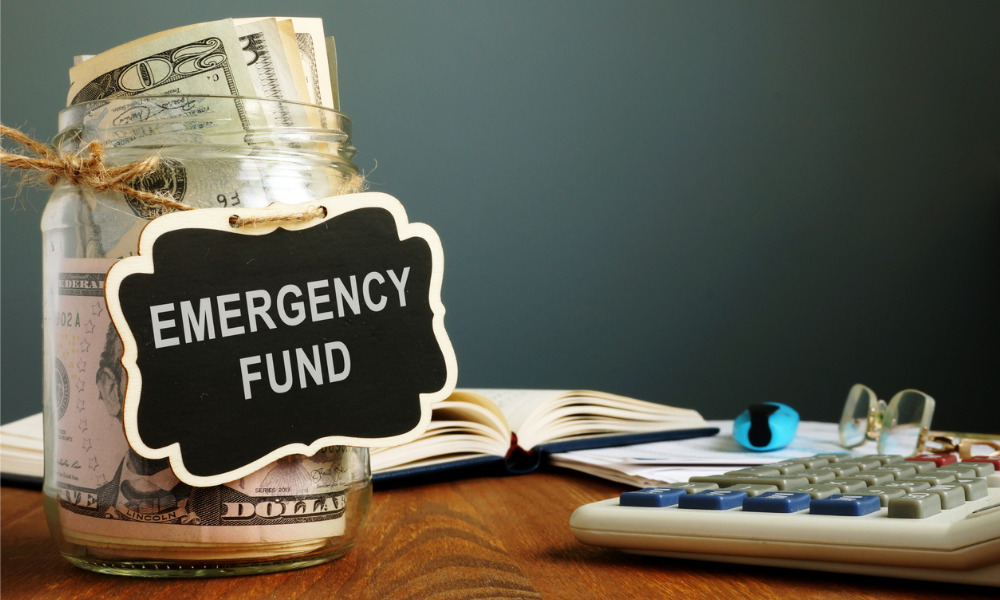to suggest
In a world full of uncertainty, having a financial safety net is crucial. Building an emergency fund is one of the smartest financial moves you can make. Not only does it provide a sense of security, it also protects you against unexpected expenses. In this step-by-step guide, we’ll walk you through the process of setting up an emergency fund.
Step 1: Assess your current financial situation
Before you start building an emergency fund, it’s important to evaluate your current financial situation. Take a good look at your income, expenses and any savings. Understanding your financial situation can help you set realistic goals for your emergency fund.
Step 2: Set a realistic goal
Determine how much you want to save for your emergency fund. Financial experts typically recommend saving three to six months’ worth of living expenses. This cushion can cover basic expenses such as rent or mortgage, utilities, groceries, and insurance premiums in the event of an unexpected event such as job loss or a medical emergency.
Step three: Choose the right savings account
Choose a separate savings account for your emergency fund. Look for an account with a competitive interest rate so your money can grow over time. Also make sure you have easy access to the account if you need money urgently.
Step 4: Make a budget
Creating a budget is an important aspect of effective financial planning. Identify areas where non-essential expenses can be cut back so you can allocate more money to your emergency fund. Stick to a budget to speed up the savings process.
Step 5: Keep contributing
Building an emergency fund is a gradual process. Set up automatic monthly transfers to your dedicated savings account. Consistent contributions, no matter how small, add up over time and bring you closer to your financial goals.
Step Six: Assess and Adjust
Review your budget and financial goals regularly. If your circumstances change, such as an increase in your income or additional expenses, adjust your emergency fund goals accordingly. Flexibility is key to maintaining a robust financial safety net.
Step seven: Resist temptation
It can be tempting to rely on your emergency fund to cover non-emergency situations. Remind yourself of the purpose of the fund and the peace of mind it provides in unexpected circumstances. To maintain its integrity, use funds only for true emergencies.
finally
Setting up an emergency fund is a proactive, responsible financial strategy. By following these steps, you can not only build a financial safety net but also gain more control over your financial future. Remember, the key is consistency and discipline when building and maintaining an emergency fund.





Comments
Thank you for your sharing. I am worried that I lack creative ideas. It is your article that makes me full of hope. Thank you. But, I have a question, can you help me?
Thank you for your sharing. I am worried that I lack creative ideas. It is your article that makes me full of hope. Thank you. But, I have a question, can you help me?
I don’t think the title of your article matches the content lol. Just kidding, mainly because I had some doubts after reading the article.
Can you be more specific about the content of your article? After reading it, I still have some doubts. Hope you can help me.